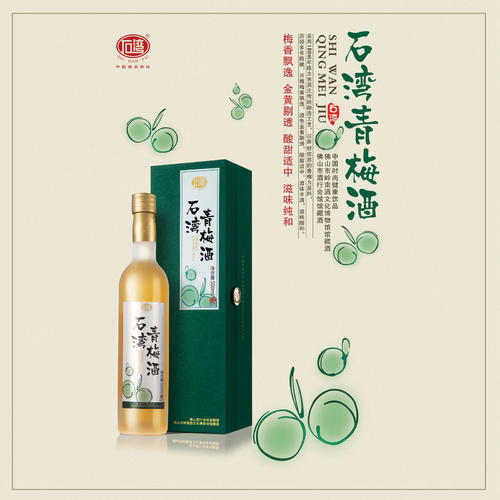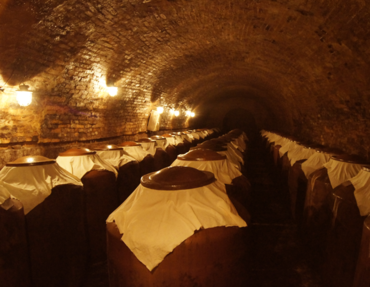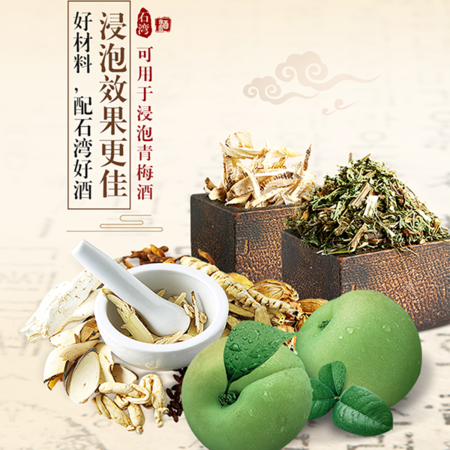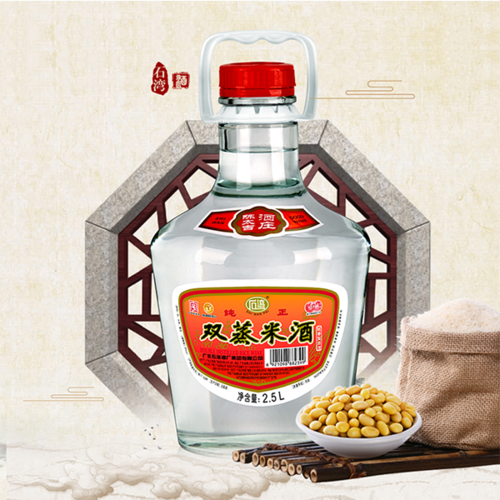From Orchard to Glass: The Process of Crafting Green Plum Wine
In the field of fruit wine, plum wine is a drink with a long history and complex flavor. Green plum wine is a type of fruit wine made from green plums, typically harvested when they are unripe or slightly ripe. It's known for its refreshing taste, combining sweet and tart flavors with subtle floral notes. This ancient drink from Asia has captured the hearts of wine lovers around the world.

The process from orchard to glass is a meticulous process that requires skill, patience, and a deep appreciation for the natural beauty of green plums.
Harvesting the Green Plum
The art of crafting green plum wine begins with the careful selection of ripe green plums from the orchard. Typically harvested in late spring or early summer, these plump and juicy fruits are handpicked at the peak of ripeness to ensure optimal flavor. The process of harvesting is a labor-intensive task that requires precision and attention to detail, as only the finest plums make their way into the wine-making process.
Preparing the Fruit
Once harvested, the green plums are gently washed and inspected to remove any imperfections. They are then crushed or pressed to extract their juices, releasing a fragrant aroma that is characteristic of the ripe fruit. This initial step is crucial in determining the quality and flavor profile of the final wine, as it sets the foundation for the fermentation process.
Initiating Fermentation
With the juice extracted, the next step in crafting green plum wine is fermentation. Yeast, either naturally occurring or added, is introduced to the juice to kickstart the fermentation process. As the yeast consumes the sugars present in the juice, it produces alcohol and carbon dioxide, transforming the sweet liquid into wine. The fermentation stage is where the magic happens, as the wine develops its unique flavors and characteristics.
Aging and Maturation
After fermentation, the young green plum wine is transferred to aging vessels, where it undergoes a period of maturation. This aging process allows the wine to mellow and develop complexity, as it interacts with the oak or other aging vessels. The duration of aging can vary depending on the desired style of wine, with some wines maturing for several months or even years before reaching their full potential.
Bottling and Enjoyment
Once fully matured, the green plum wine is carefully bottled, ready to be enjoyed by wine enthusiasts eager to experience its distinctive flavors. From its vibrant hue to its tantalizing aroma, each sip of green plum wine is a testament to the craftsmanship and dedication that went into its creation. Whether enjoyed on its own or paired with a delicious meal, green plum wine is sure to delight the senses and leave a lasting impression.
How is green plum wine different from other fruit wines?
Green plum wine stands out for its unique flavor profile, which is distinct from other fruit wines. While grape wines dominate the market, green plum wine offers a refreshing alternative with its tartness and delicate sweetness.
What are the health benefits of green plum wine?
Like other fruit wines, green plum wine contains antioxidants and nutrients derived from the fruit used in its production. Some studies suggest that moderate consumption of wine, including green plum wine, may have potential health benefits, such as cardiovascular support and antioxidant properties.
How do I serve green plum wine?
Green plum wine is typically served chilled, which enhances its refreshing qualities. It can be enjoyed on its own as a sipping wine or paired with a variety of foods, including seafood, sushi, spicy dishes, and desserts.
How long does green plum wine last after opening?
Once opened, green plum wine should be stored in the refrigerator and consumed within a few days to maintain its freshness and flavor. Proper storage and sealing techniques can help prolong its shelf life.







